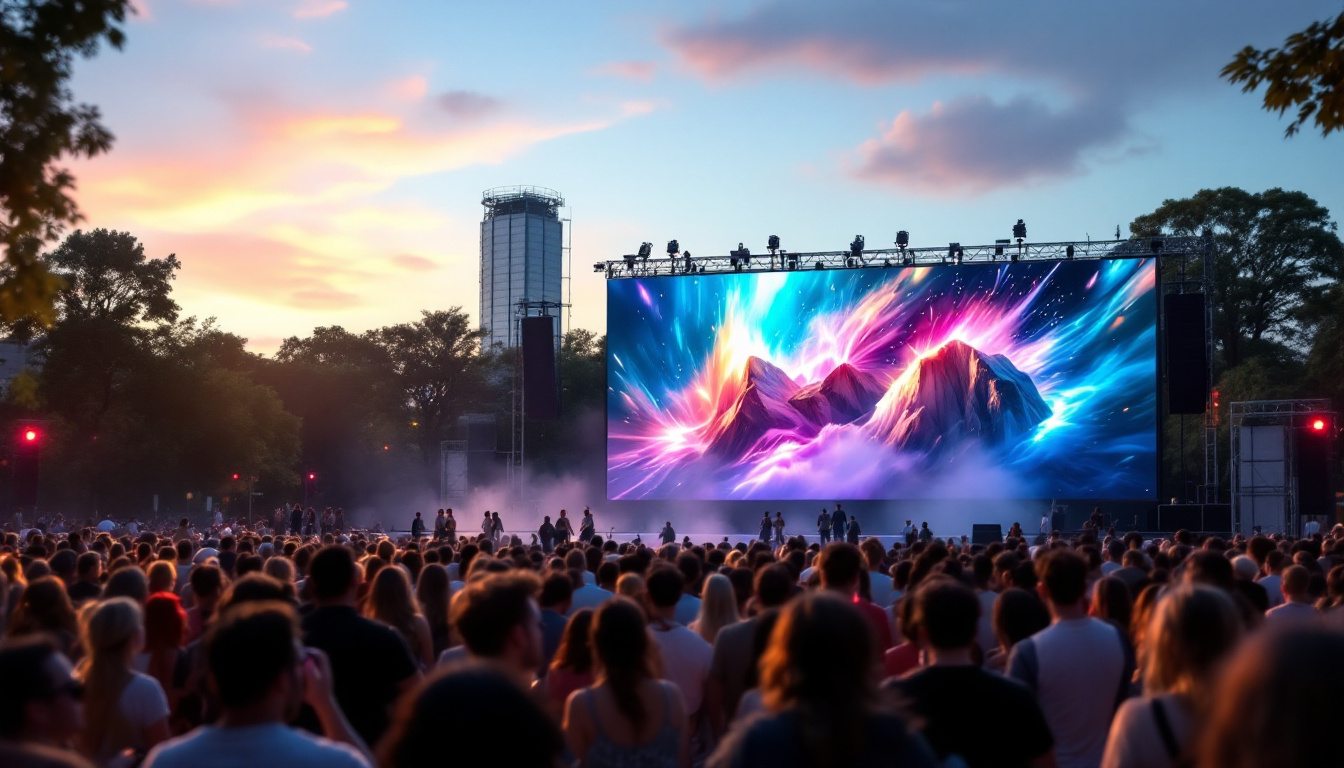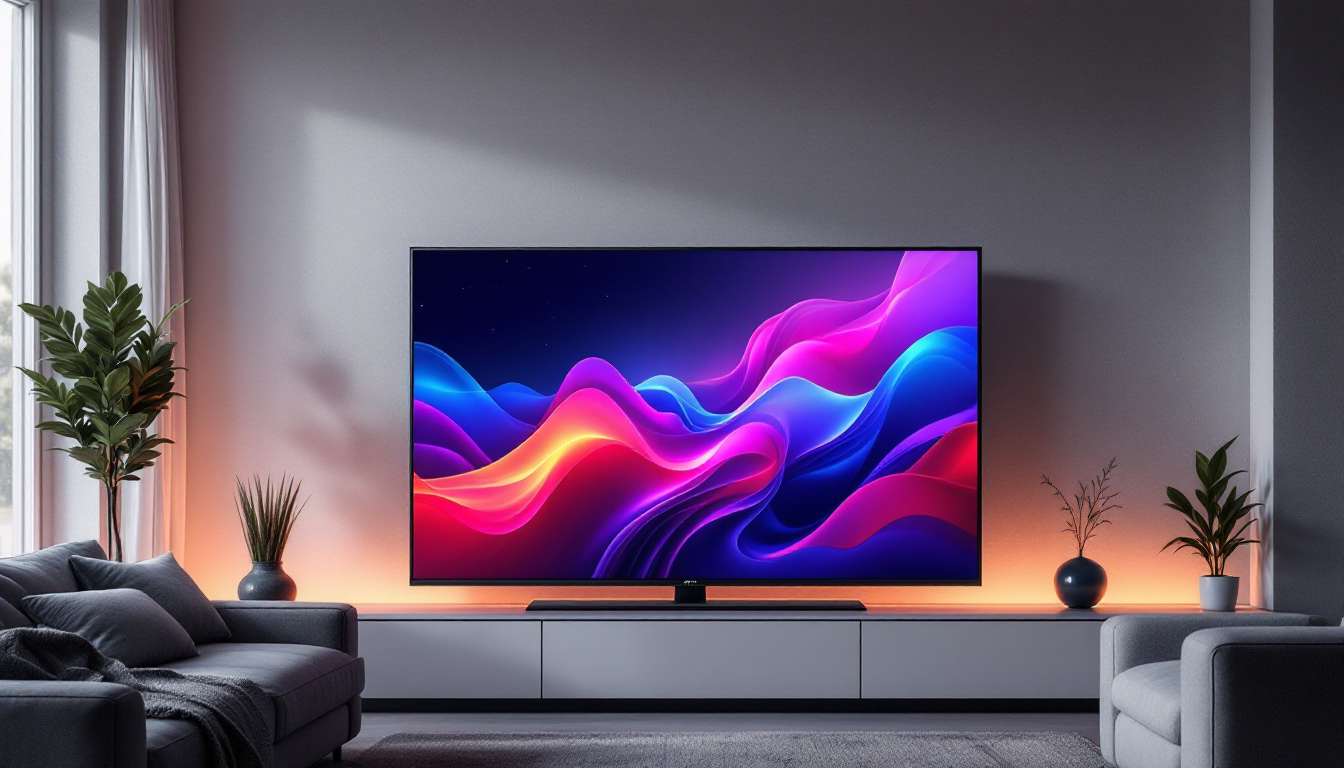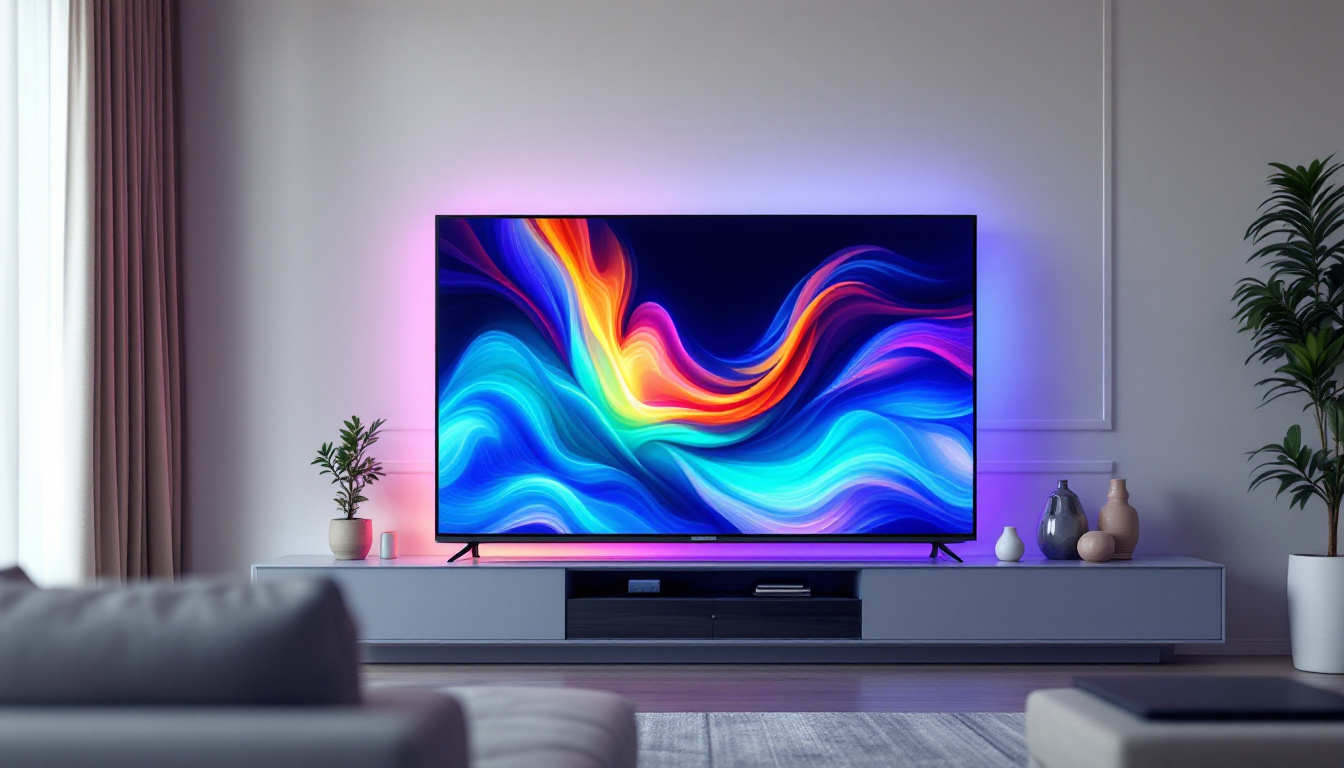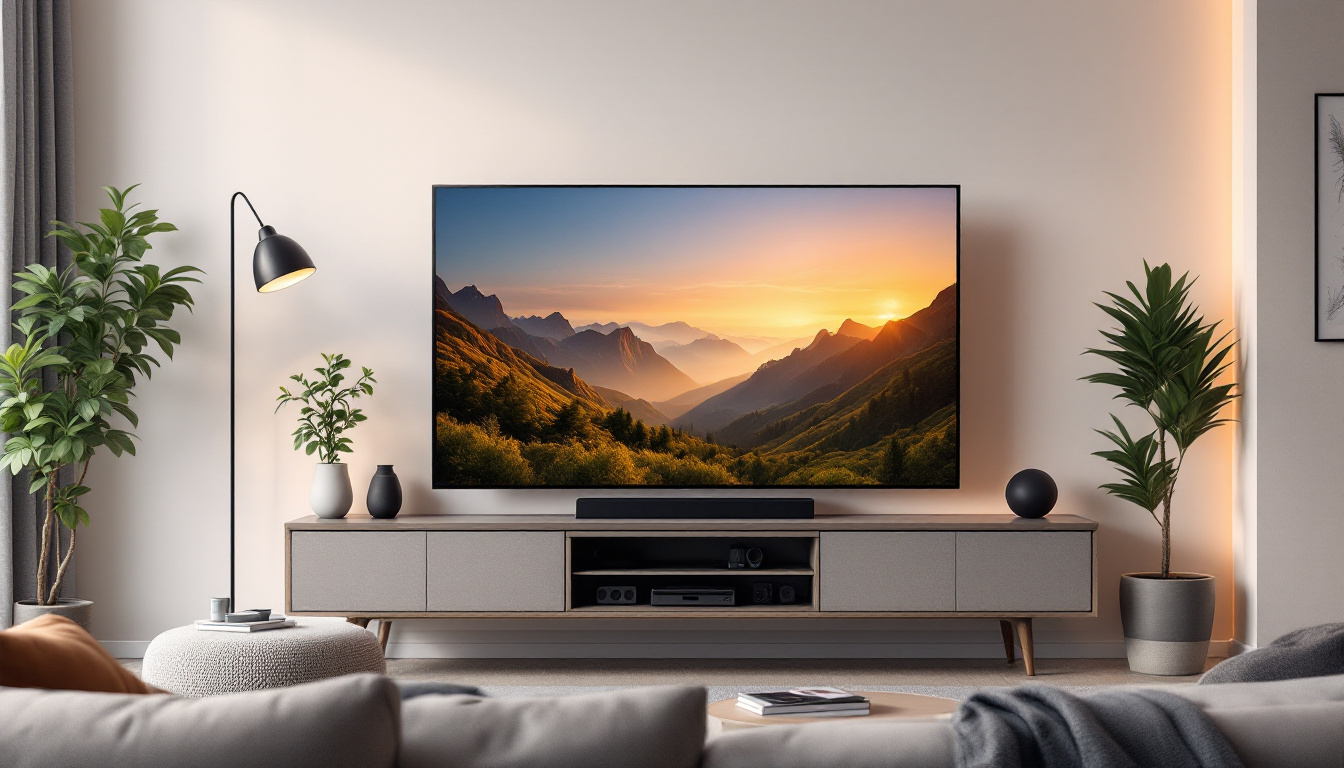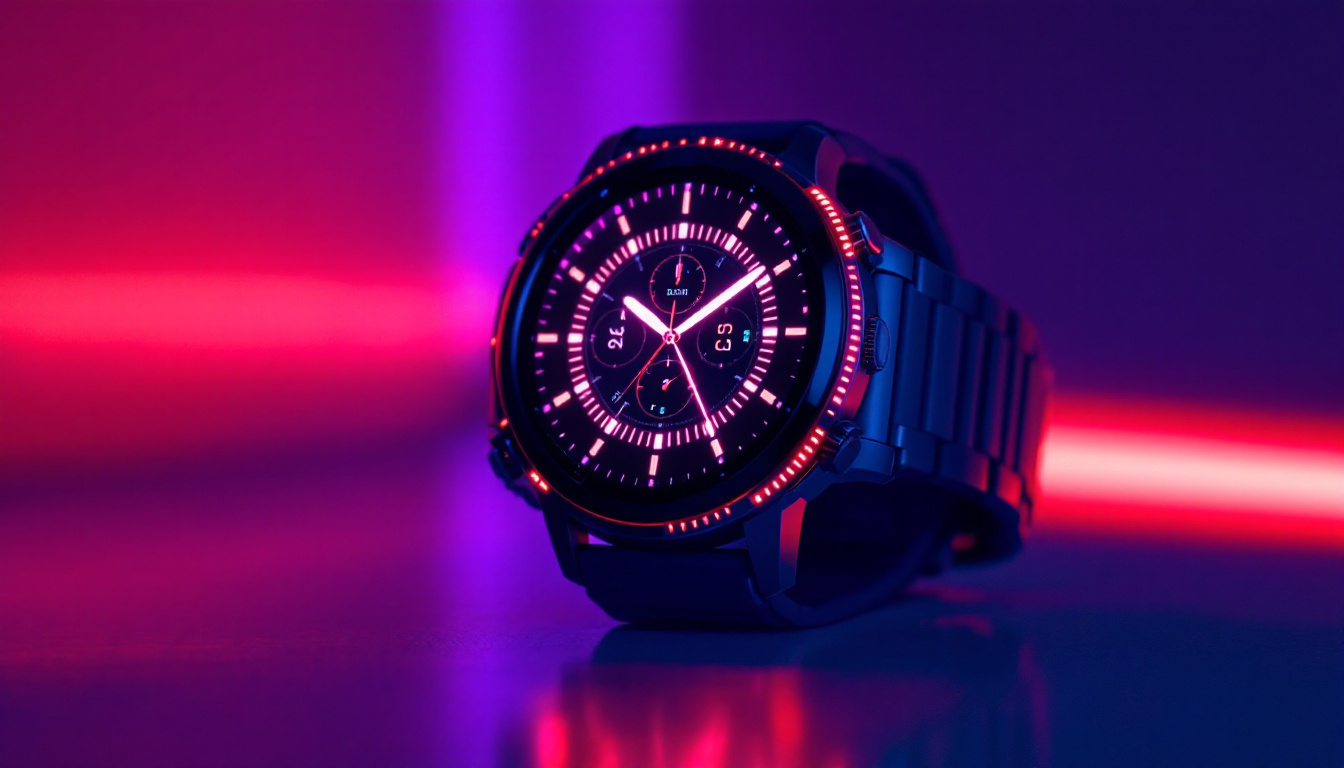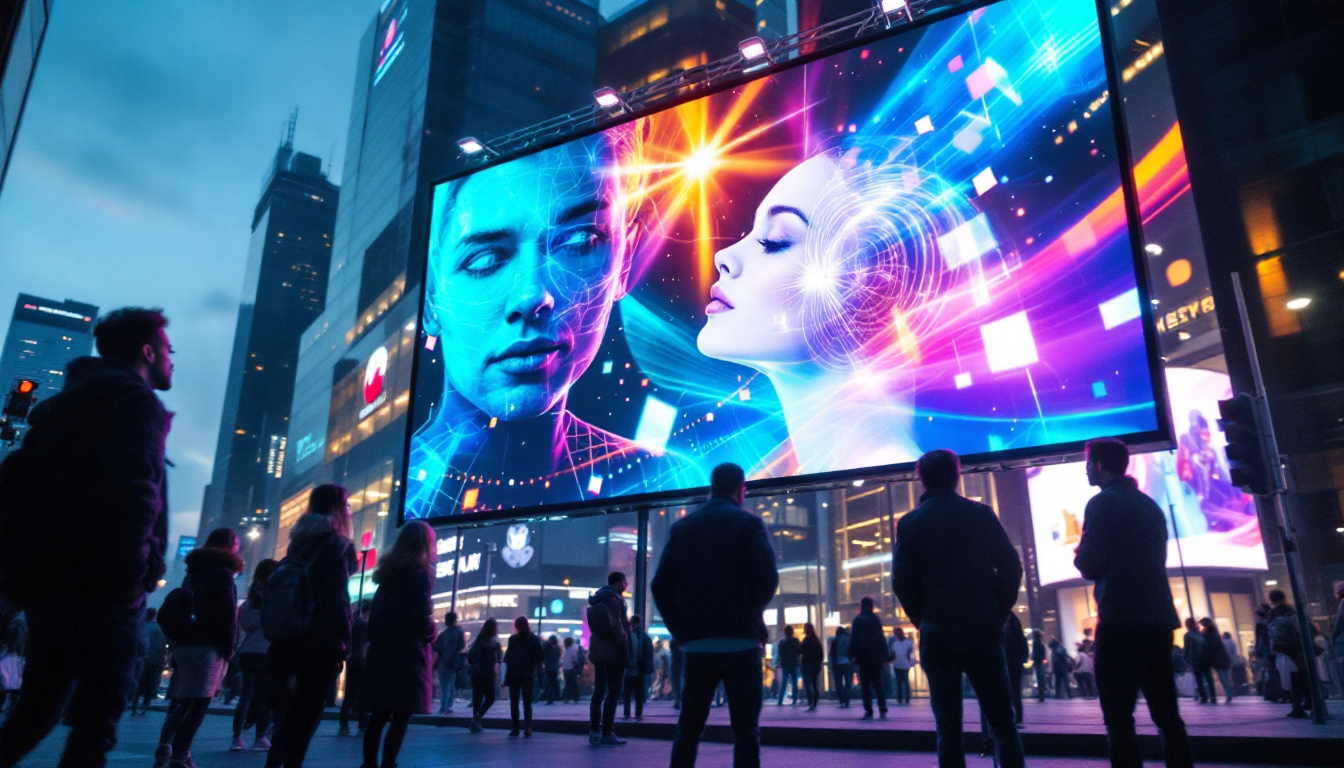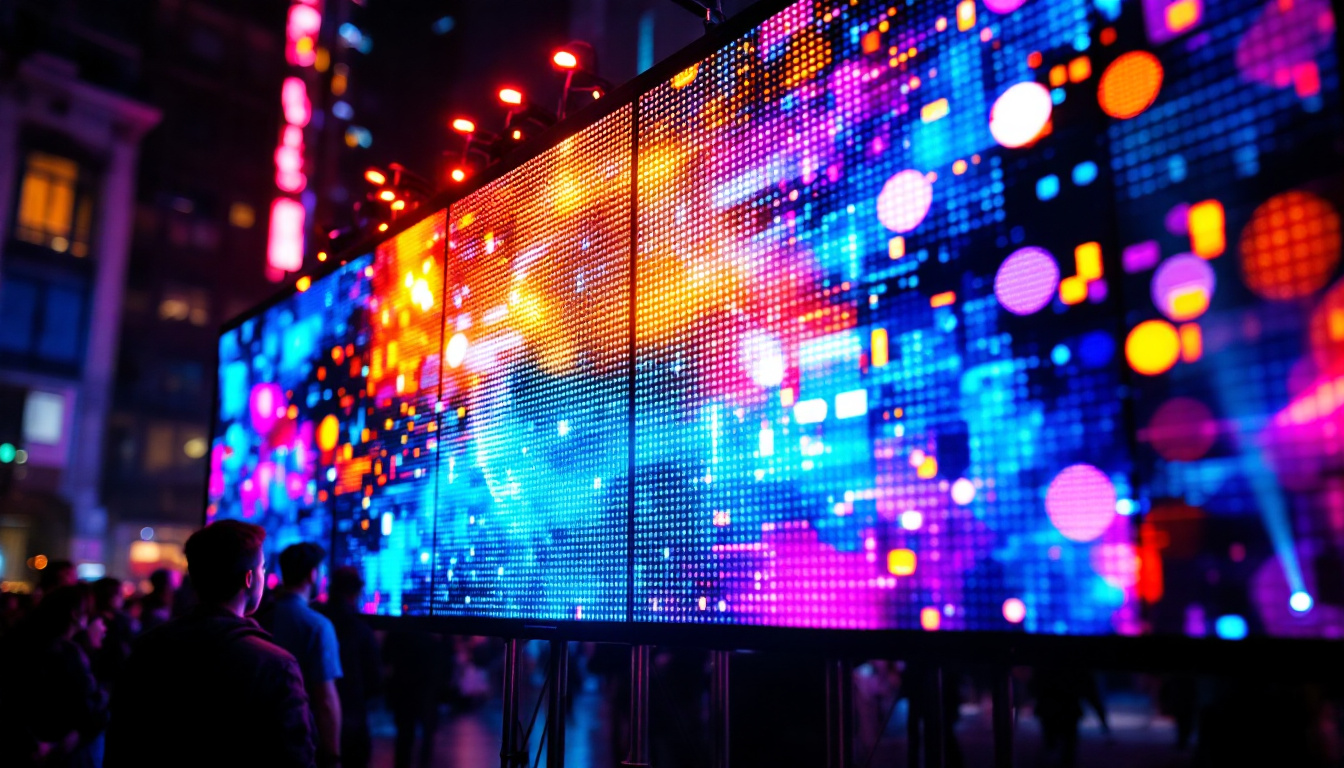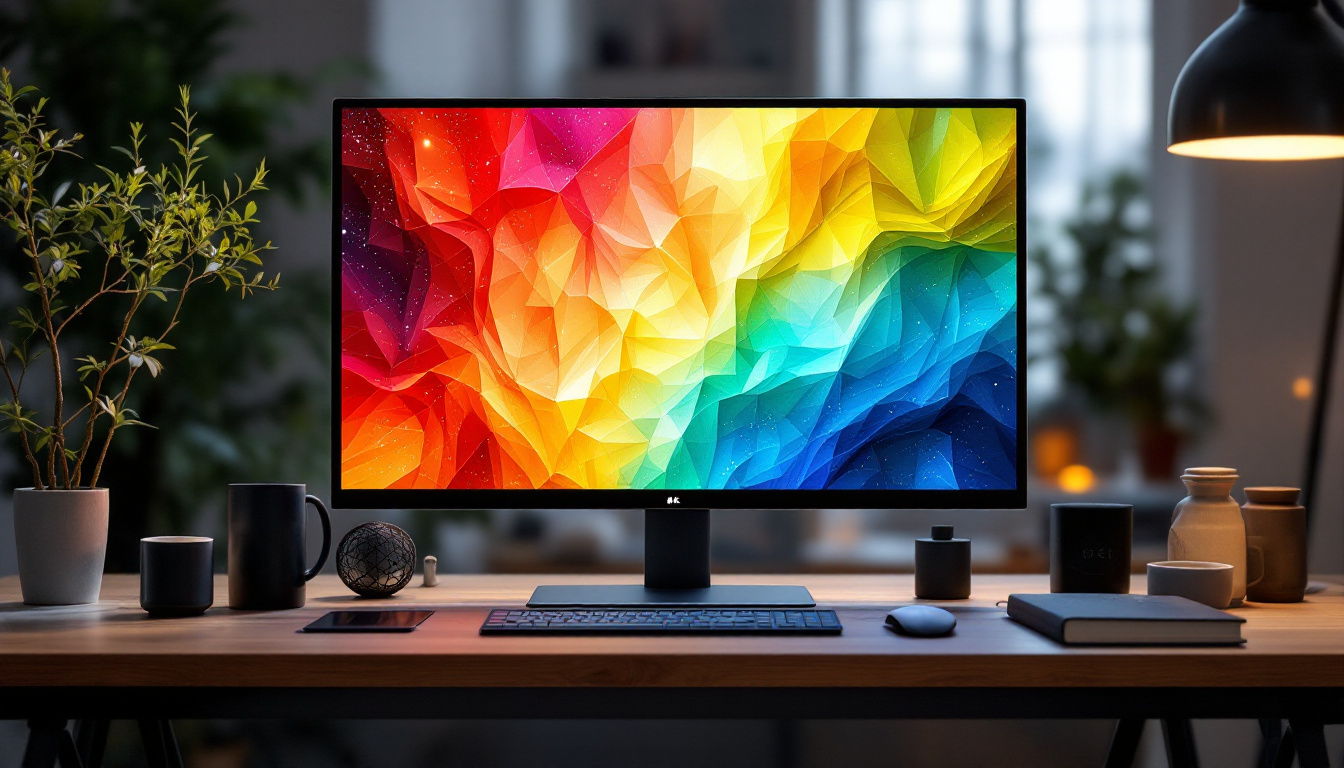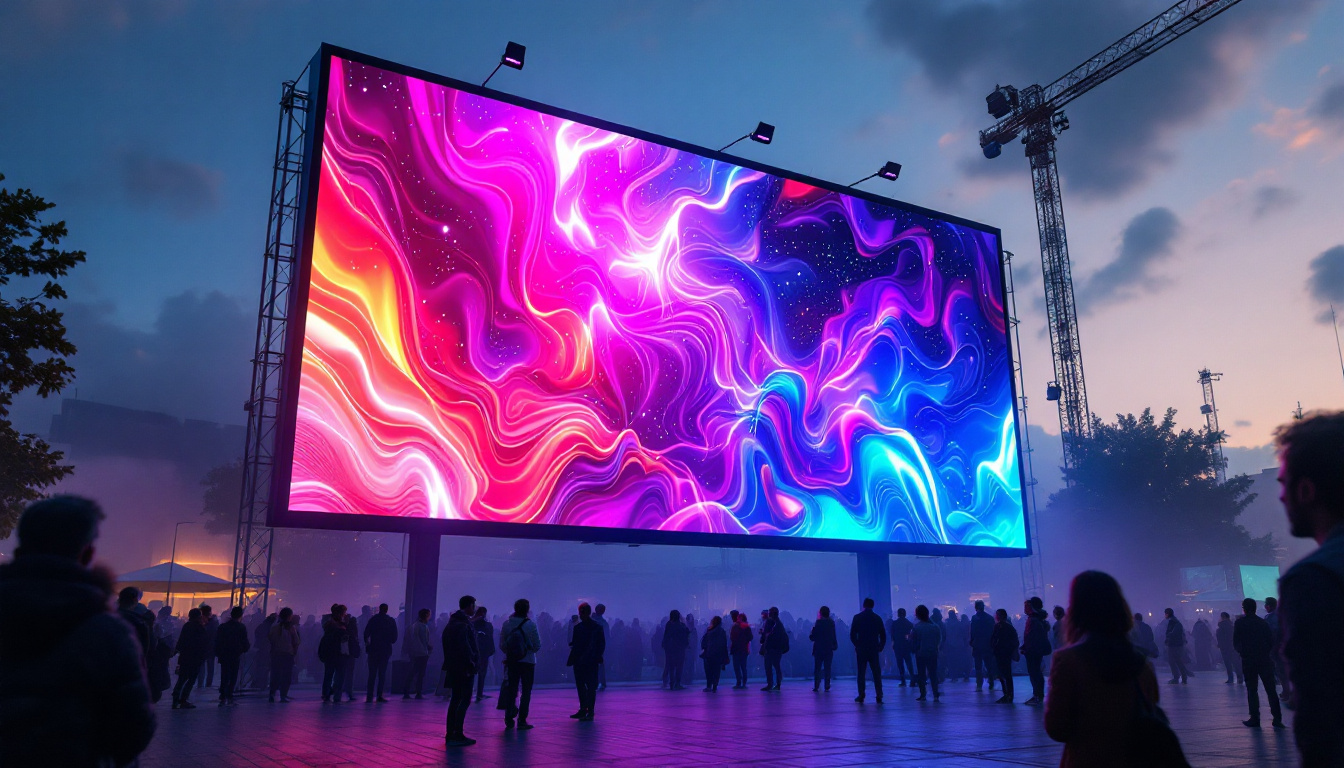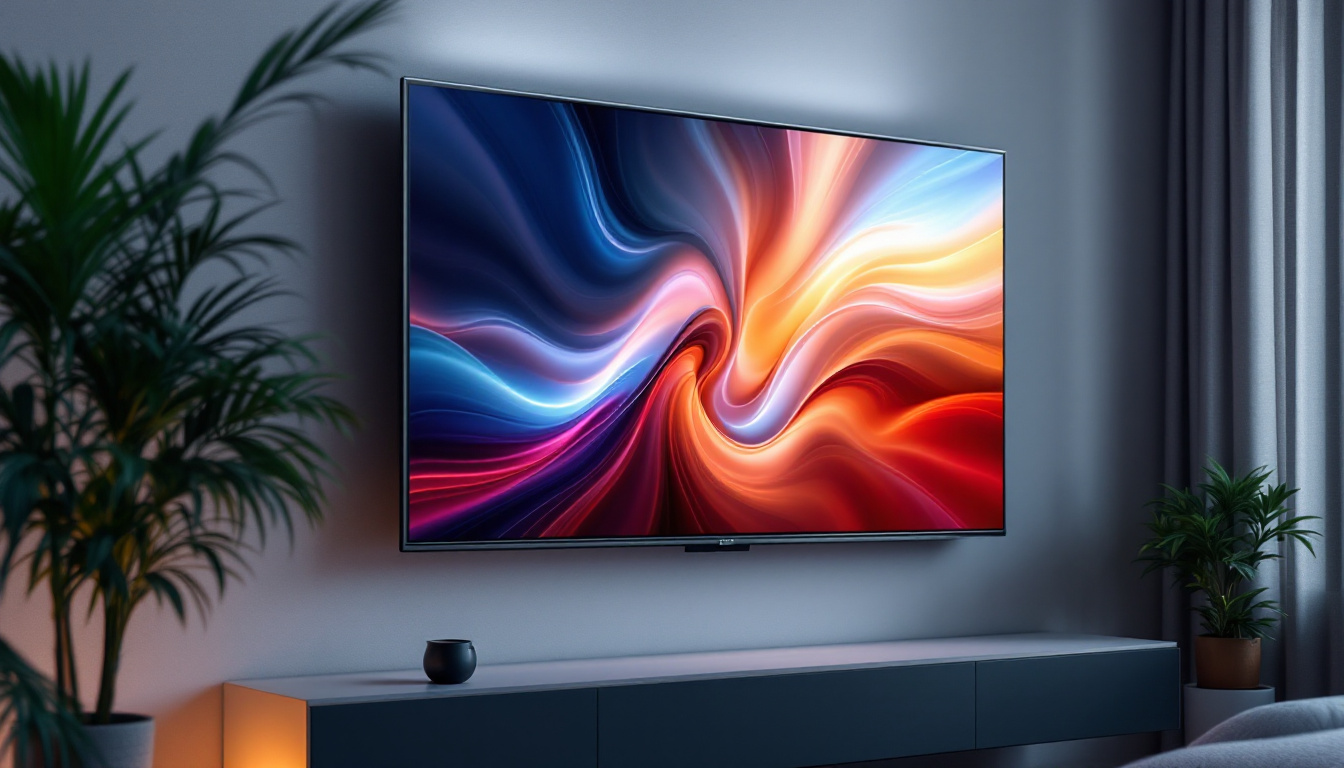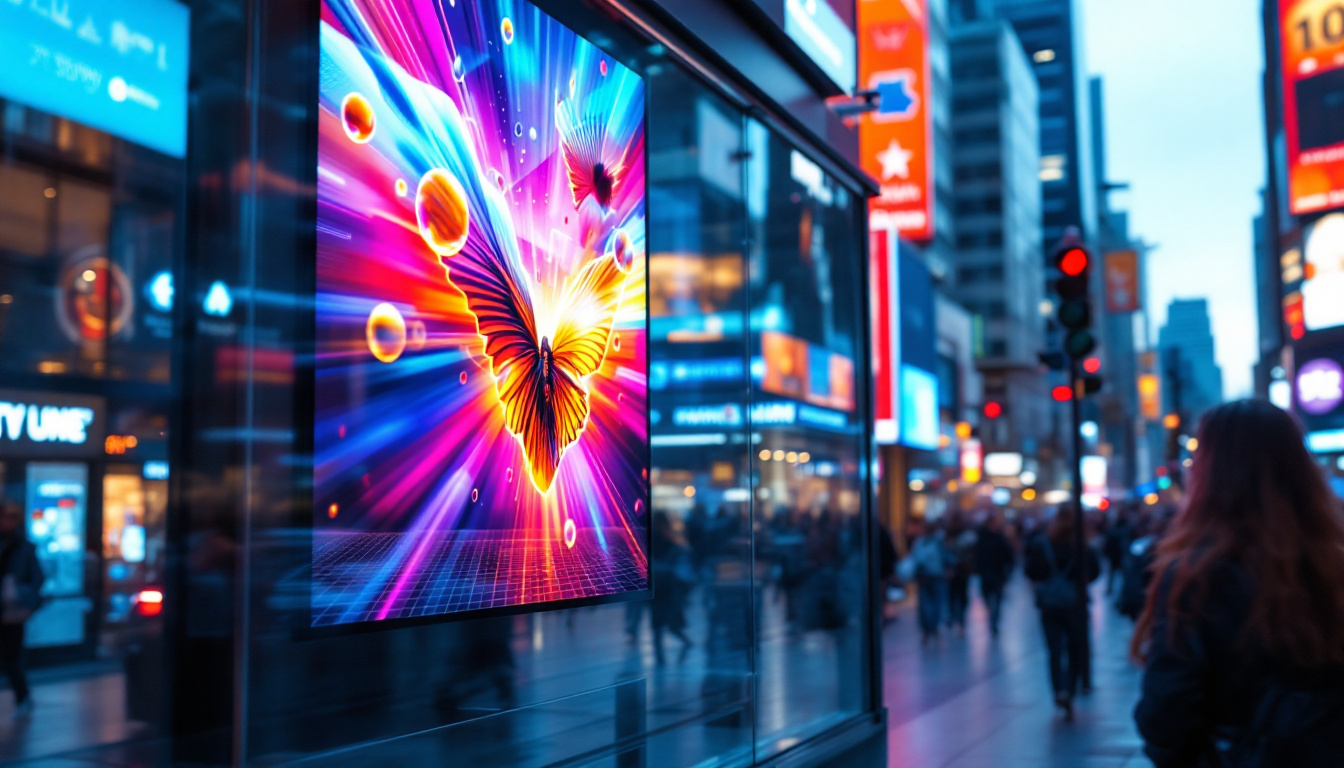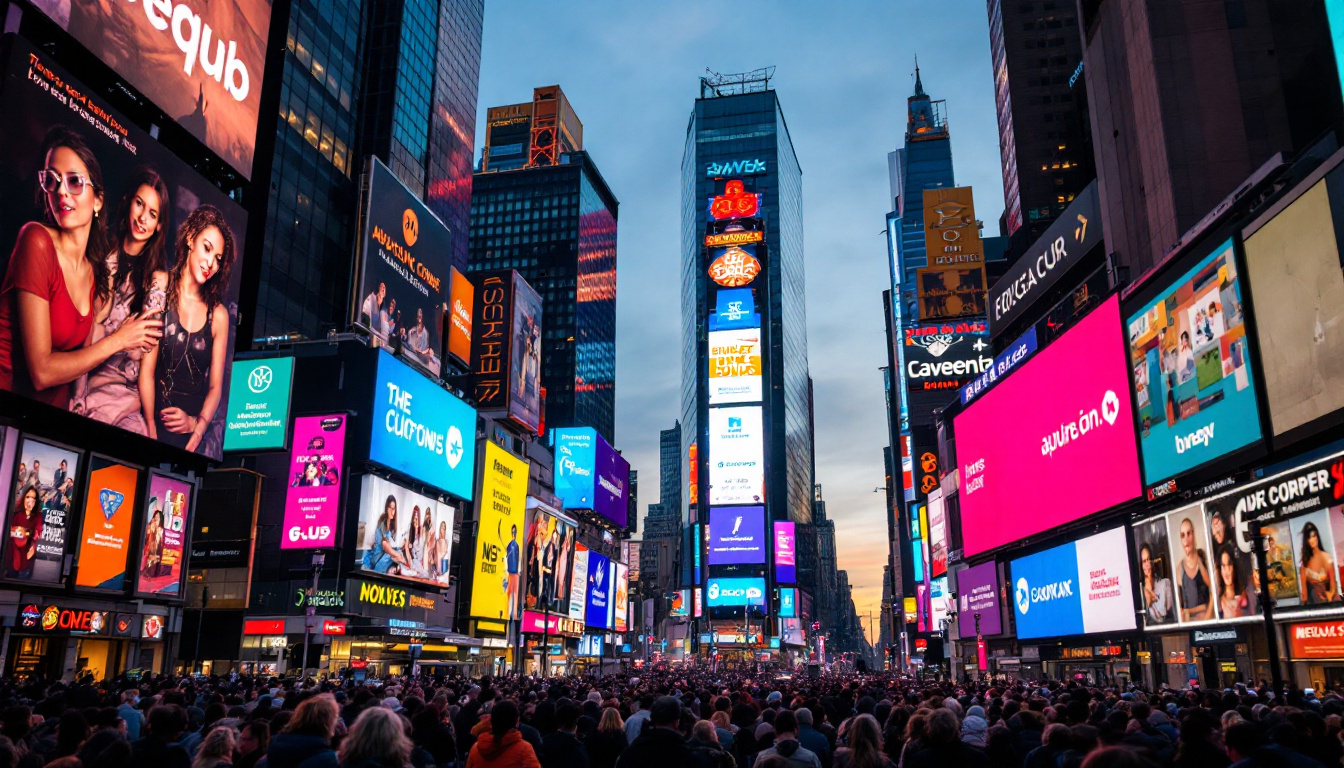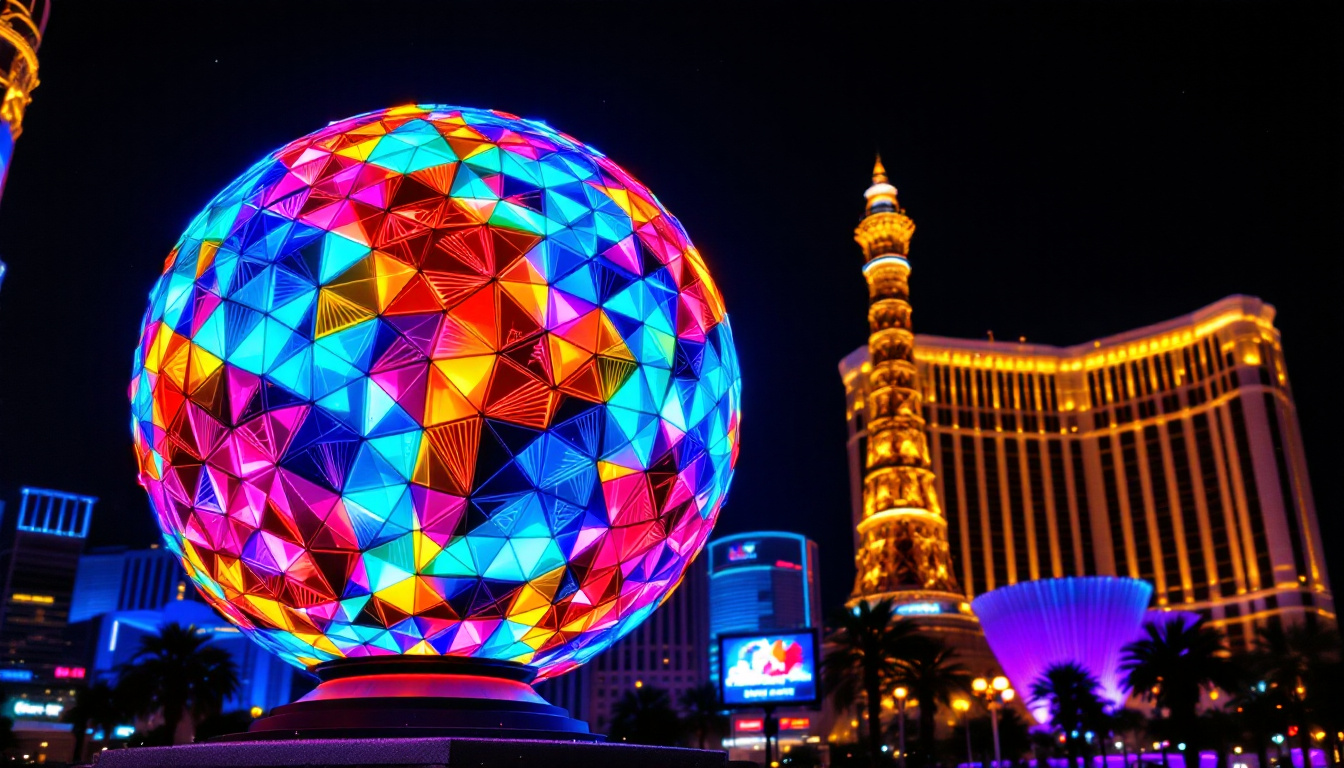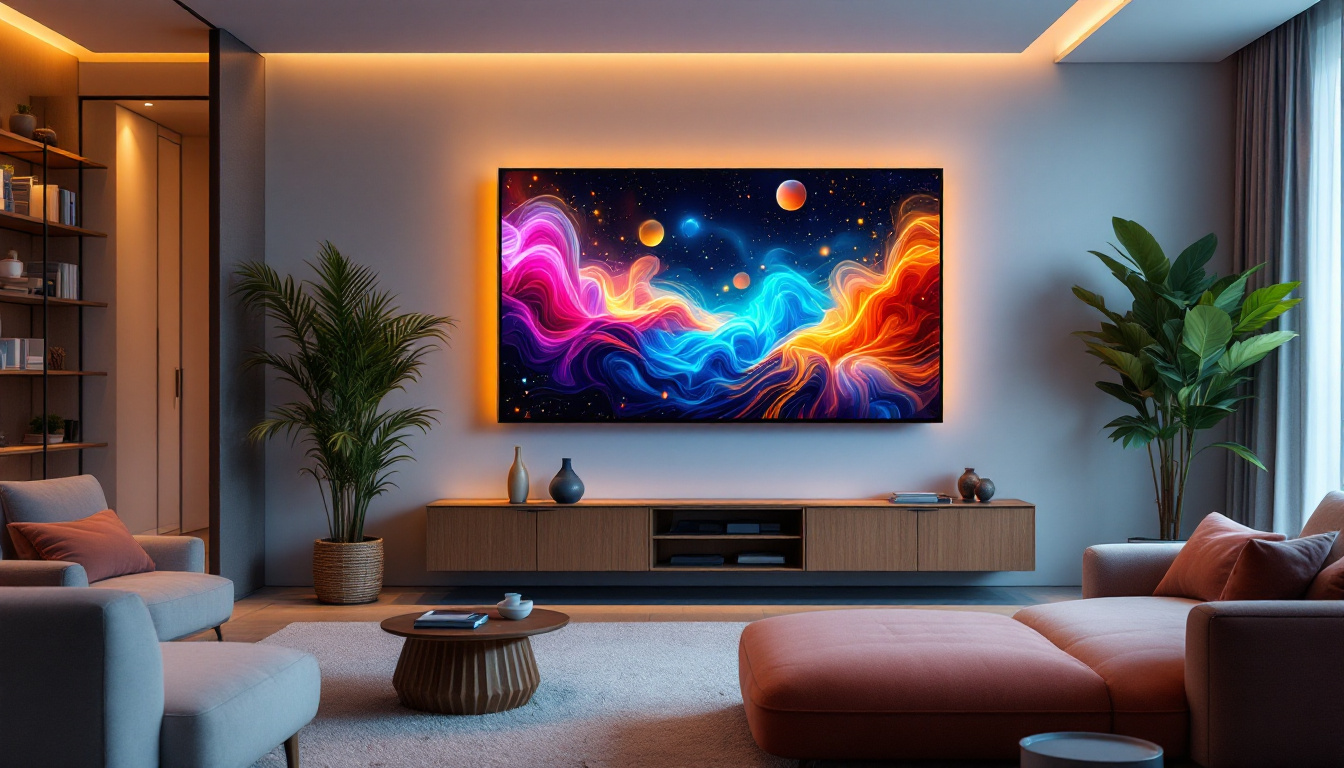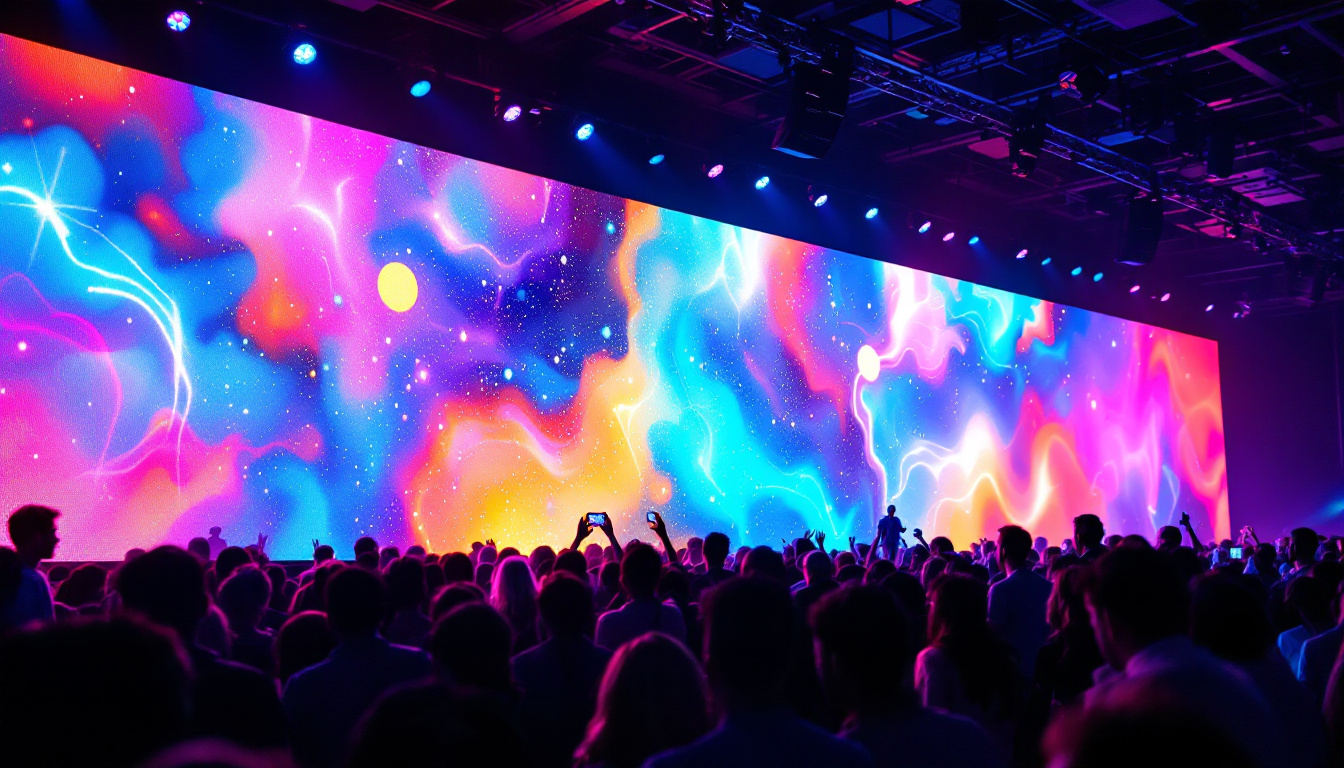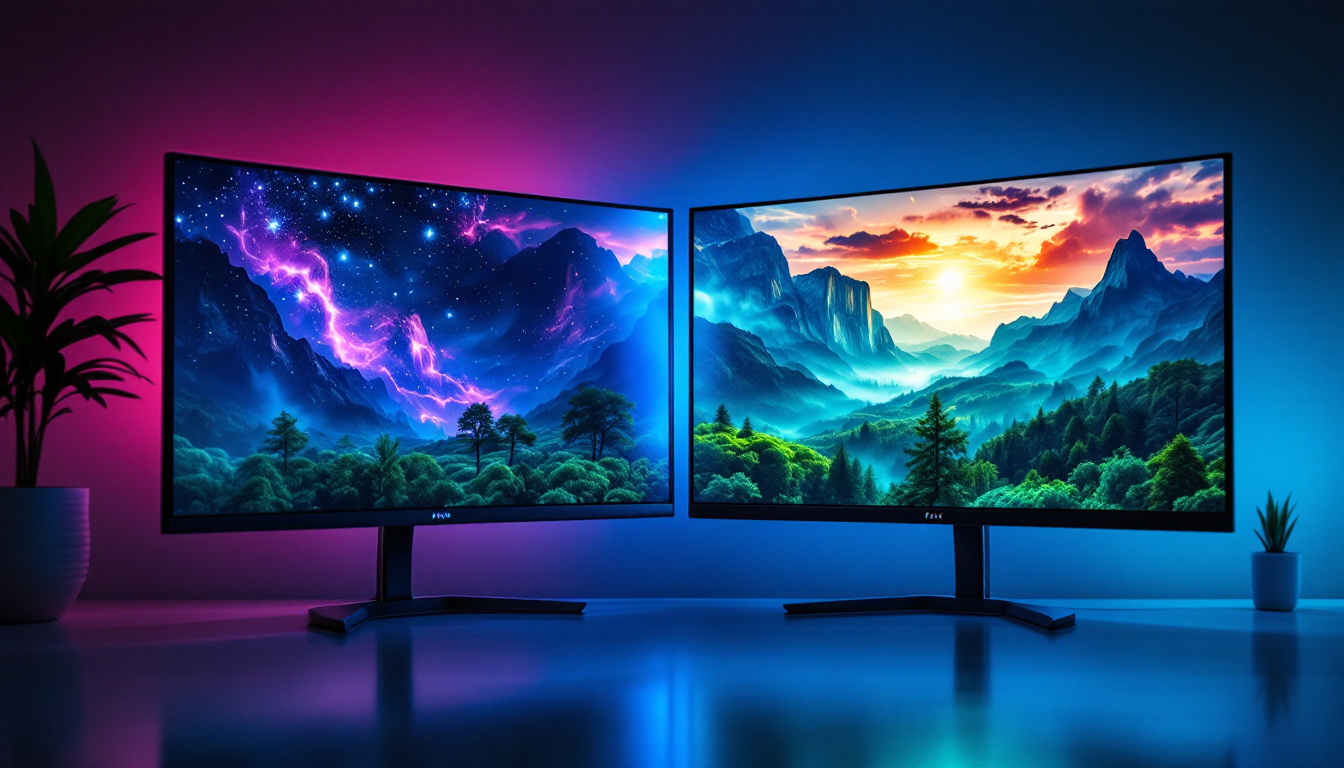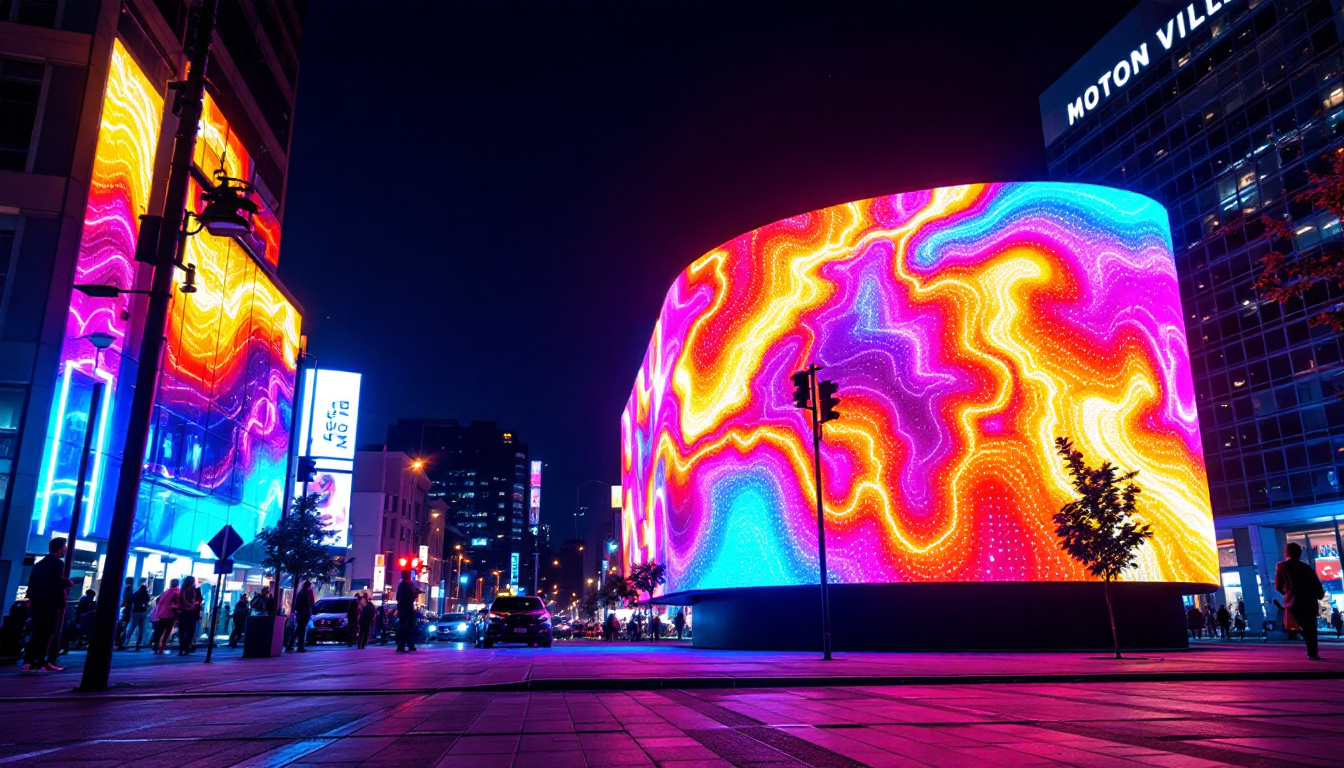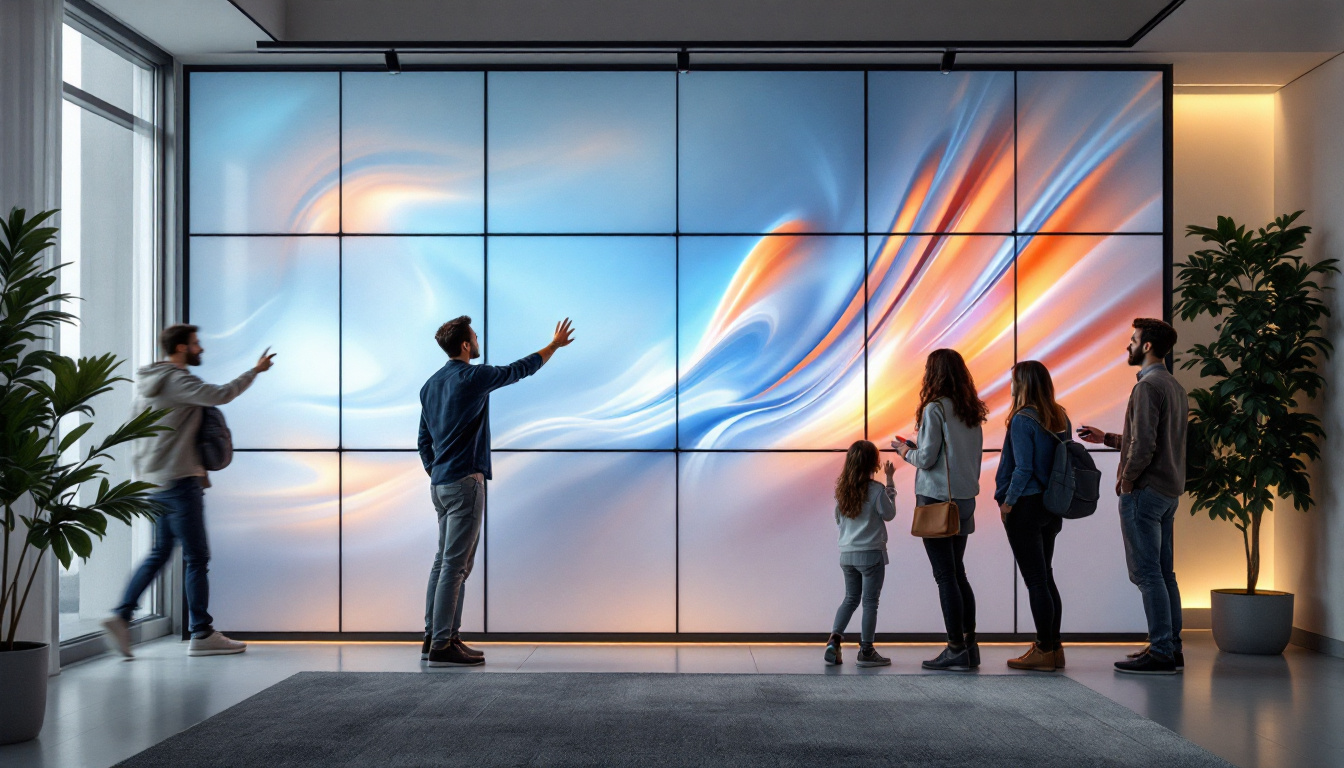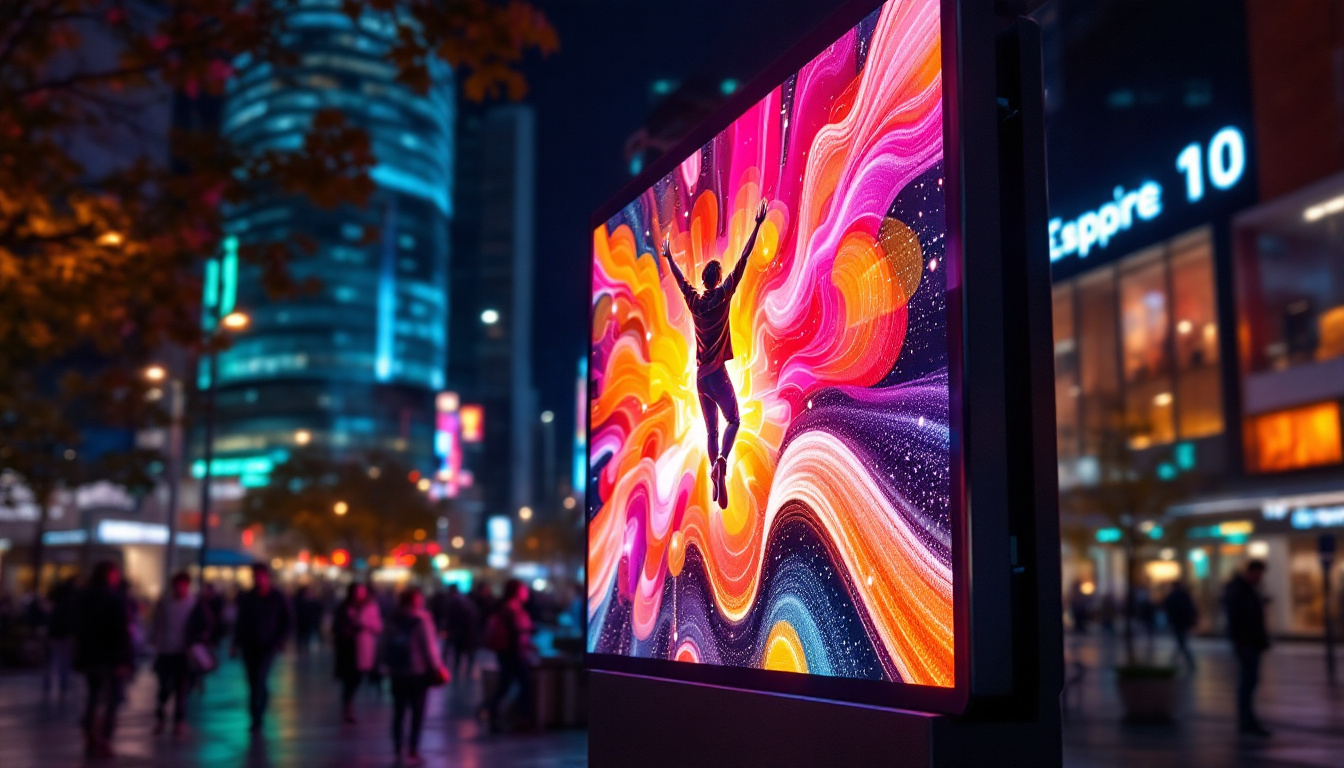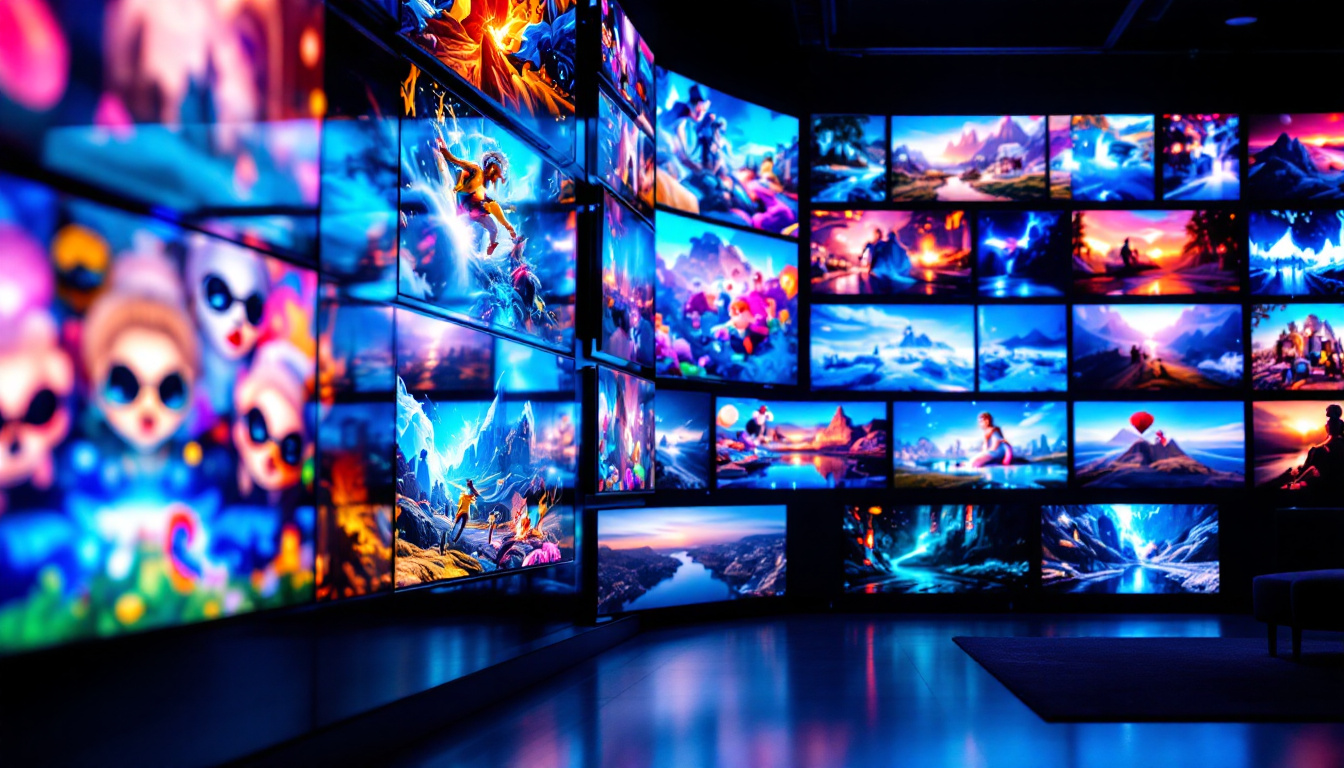In an era where visual communication is paramount, outdoor video screens have emerged as a powerful tool for businesses, events, and public spaces. These LED displays not only enhance visibility but also engage audiences in ways that traditional signage cannot. This article delves into the intricacies of outdoor video screens, exploring their technology, applications, and benefits.
Understanding LED Technology
LED, or Light Emitting Diode, technology has revolutionized the way visuals are presented. Unlike traditional bulbs, LEDs are more energy-efficient, have a longer lifespan, and provide brighter displays, making them ideal for outdoor environments.
The Basics of LED Displays
LED displays consist of numerous tiny diodes that emit light when an electric current passes through them. These diodes can be arranged in various configurations, forming pixels that collectively create images and videos. The resolution of an LED display is determined by the pixel pitch, which is the distance between the centers of two adjacent pixels. A smaller pixel pitch results in higher resolution and better image quality, making it crucial for applications requiring detailed visuals. Additionally, advancements in technology have led to the development of flexible LED screens, which can be bent or shaped to fit unconventional spaces, further expanding the possibilities for creative display solutions.
Types of Outdoor LED Displays
Outdoor LED displays can be categorized into several types based on their applications and configurations. The most common types include:
- Fixed LED Displays: These are permanent installations often used for advertising, billboards, or public information displays.
- Mobile LED Displays: These versatile screens can be mounted on trucks or trailers, allowing for easy transport and setup at various events.
- Interactive LED Displays: Equipped with touch technology, these displays engage viewers by allowing them to interact with the content, making them ideal for exhibitions and trade shows.
Moreover, there are also LED displays designed specifically for sports venues, which feature high refresh rates to ensure smooth video playback during fast-paced games. These specialized displays often include features like instant replays and live statistics, enhancing the overall spectator experience. Additionally, transparent LED displays are emerging as a popular choice for retail environments, allowing for eye-catching advertising while maintaining visibility into the store.
Advantages of LED Technology
The benefits of LED technology extend beyond mere aesthetics. Some of the key advantages include:
- Energy Efficiency: LED displays consume significantly less power compared to traditional LCD or projection screens, resulting in lower operational costs.
- Brightness and Visibility: High brightness levels ensure that content remains visible even in direct sunlight, making them suitable for outdoor use.
- Durability: Designed to withstand harsh weather conditions, outdoor LED screens are built to last, reducing maintenance costs over time.
In addition to these benefits, LED technology is also known for its environmental advantages. Since LEDs have a longer lifespan, they contribute to less waste and lower carbon emissions associated with frequent replacements. Furthermore, many LED displays are now designed with recyclable materials, aligning with sustainability goals. As the demand for eco-friendly solutions continues to rise, LED technology stands out as a leading choice for businesses looking to reduce their environmental footprint while still delivering high-quality visual content.
Applications of Outdoor Video Screens
Outdoor video screens have found applications across various sectors, enhancing the way information is conveyed and experiences are created.
Advertising and Marketing
One of the most prominent uses of outdoor LED displays is in advertising. Businesses leverage these screens to showcase products, promotions, and brand messages to a broad audience. The dynamic nature of video content allows for more engaging advertisements compared to static billboards.
Moreover, the ability to change content in real-time enables businesses to tailor their messages based on time of day, audience demographics, or current events, maximizing their marketing effectiveness. For instance, a restaurant can display breakfast specials in the morning and transition to dinner promotions as the day progresses. This flexibility not only attracts customers but also enhances the relevance of the advertisements, making them more appealing to passersby.
Events and Entertainment
Outdoor video screens play a crucial role in the events and entertainment industry. Concerts, festivals, and sporting events utilize large LED displays to broadcast performances, highlight key moments, and enhance the overall experience for attendees.
These screens can also be used for live streaming, allowing fans who may not be able to attend in person to engage with the event remotely. This capability has become increasingly important in a world where virtual participation is often necessary. Additionally, outdoor video screens can serve as platforms for social media integration, displaying live tweets or Instagram posts from attendees, thereby fostering a sense of community and interaction among fans. This not only enhances the experience for those present but also creates a buzz online, drawing in even more viewers and participants.
Public Information and Safety
Municipalities and organizations use outdoor LED displays for public information dissemination. These screens can provide real-time updates on weather conditions, traffic alerts, and emergency notifications, ensuring that the public remains informed and safe.
In addition to safety information, they can also promote community events, local initiatives, and public service announcements, fostering a sense of community engagement. For example, during a natural disaster, these displays can be crucial for relaying evacuation routes and safety protocols, potentially saving lives. Furthermore, by showcasing local art or student projects, these screens can support and celebrate local talent, making them a vital part of the community’s cultural landscape. This multifaceted use of outdoor video screens not only enhances public safety but also enriches the community’s social fabric, making them an invaluable asset in urban environments.
Design Considerations for Outdoor LED Displays
When planning to install an outdoor video screen, several design considerations must be taken into account to ensure optimal performance and viewer engagement.
Location and Visibility
The location of the LED display is critical. It should be placed in an area with high foot traffic or visibility to maximize audience engagement. Factors such as surrounding structures, natural light, and viewing angles should also be considered to ensure that the content is easily visible from various distances and angles.
Content Strategy
Effective content strategy is essential for outdoor LED displays. The content should be designed to capture attention quickly, as viewers may only glance at the screen for a brief moment. Utilizing bold visuals, concise text, and dynamic animations can help convey messages effectively.
Additionally, it is important to schedule content updates regularly to keep the display fresh and relevant. This can involve seasonal promotions, event announcements, or community highlights.
Maintenance and Support
Regular maintenance is vital to ensure the longevity and functionality of outdoor LED displays. This includes routine checks for hardware issues, cleaning the screens, and updating software as needed. Having a reliable support system in place can help address any technical difficulties promptly, minimizing downtime.
Challenges and Solutions
While outdoor LED displays offer numerous benefits, they also come with challenges that need to be addressed for successful implementation.
Weather Resistance
Outdoor environments can be unpredictable, with rain, snow, and extreme temperatures posing risks to LED displays. To combat this, manufacturers design screens with weatherproof enclosures that protect the internal components from moisture and temperature fluctuations. Additionally, using high-quality materials ensures durability and resilience against the elements.
Power Supply and Connectivity
Ensuring a reliable power supply and connectivity is crucial for outdoor LED displays. In remote locations, it may be necessary to consider alternative power sources, such as solar panels or generators. For connectivity, utilizing wireless technology can simplify installation and reduce the need for extensive cabling.
Content Management
Managing content for outdoor LED displays can be complex, especially for organizations with multiple screens. Implementing a centralized content management system allows for streamlined updates and scheduling across all displays. This can enhance efficiency and ensure that all screens are displaying consistent and timely information.
The Future of Outdoor Video Screens
As technology continues to advance, the future of outdoor video screens looks promising. Innovations in LED technology, such as flexible displays and improved resolution, are set to enhance the capabilities of these screens.
Integration with Smart Technology
The integration of smart technology into outdoor LED displays is on the rise. Features such as facial recognition, audience analytics, and interactive elements are becoming more common, allowing for personalized content delivery and improved viewer engagement.
Moreover, the use of artificial intelligence in content management can optimize display performance by analyzing viewer behavior and adjusting content accordingly, creating a more tailored experience.
Sustainability Initiatives
With growing concerns about environmental impact, the outdoor display industry is increasingly focusing on sustainability. This includes using energy-efficient technologies, recyclable materials, and eco-friendly manufacturing processes. As businesses prioritize sustainability, adopting greener practices in outdoor video screens will likely become a standard expectation.
Conclusion
Outdoor video screens have transformed the landscape of visual communication, offering unparalleled opportunities for engagement and information dissemination. Understanding the technology behind LED displays, their applications, and the considerations for effective implementation is essential for maximizing their potential.
As advancements continue to shape the future of outdoor displays, businesses and organizations that embrace these innovations will be better positioned to connect with their audiences in meaningful ways. Whether for advertising, entertainment, or public information, outdoor LED displays are set to play a pivotal role in how messages are conveyed and experiences are created.
Illuminate Your Message with LumenMatrix
Ready to elevate your visual communication and captivate your audience with stunning clarity? Discover the transformative power of LumenMatrix’s advanced LED display modules. From vibrant outdoor displays that withstand the elements to interactive indoor experiences, our comprehensive range of solutions, including Indoor LED Wall Display, Outdoor LED Wall Display, Vehicle LED Display, and more, are designed to bring your brand to life. Embrace the future of digital signage and create unforgettable visual experiences with LumenMatrix. Check out LumenMatrix LED Display Solutions today and let your message shine.

